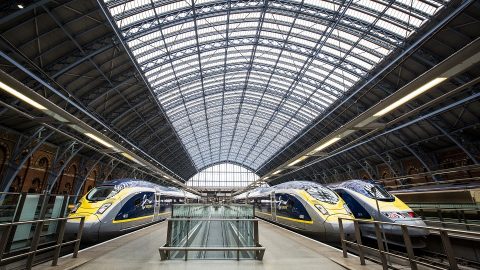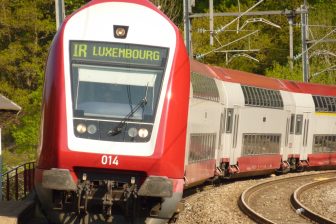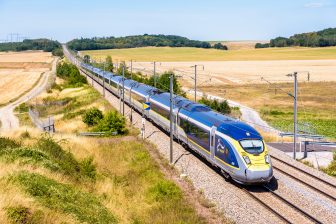
‘Post-covid future of international trains looks bright’
Eurostar high-speed trains, source: Eurostar
The number of Thalys and Eurostar passengers, both of which were recently rescued with loans, were on the rise before the corona crisis hit. There are many opportunities in shifting European air travel to rail, but matters such as the allocation of train paths, the high track access charges and entering the market still need to be improved, says Arriën Kruyt, board member of the European Passengers’ Federation.
Want to read more?
You have read all of your free premium articles for this month. Please become a subscriber to keep reading.
Subscribe now!
Take advantage of our exclusive offer to get full access to all premium content.



